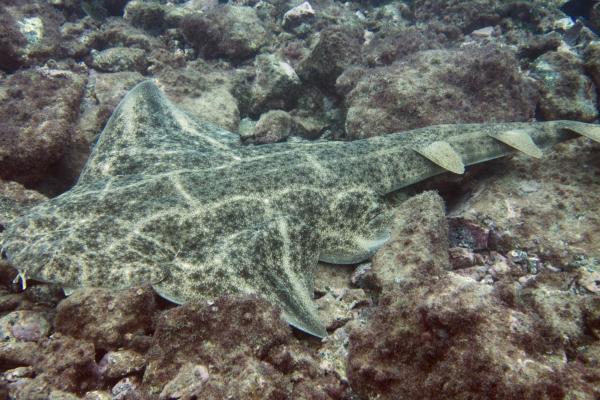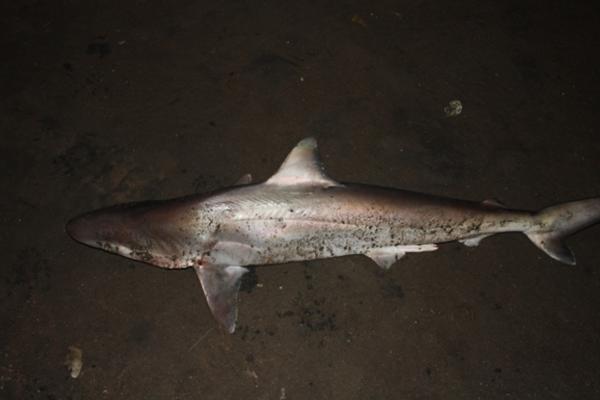Some of the endangered sharks include the great hammerhead shark or Sphyrna mokarran, the whale shark or Rhincodon typus and the bull shark or Carcharias taurus. Sharks are perhaps the aquarium/52-marine-animals.html">marine animals that most fascinate us and capture our imagination. Unfortunately, many species have become extinct or are at risk of extinction due to natural causes and human activities.


The great hammerhead shark is endangered due to illegal and bycatch fishing. Bycatch occurs when unintended species are caught in fishing nets. It lives in tropical and temperate seas worldwide. Non-aggressive unless threatened or extremely large. Grows up to 6 meters and feeds on fish, smaller sharks, crustaceans, and turtles.

The whale shark is the largest shark species, reaching up to 12 meters in length. Found in most oceans except the Mediterranean. Endangered due to its high market value; hunted heavily for its meat. Despite animal welfare campaigns, exploitation continues unchecked.

One of the few sharks that can live in both salt and freshwater. Measures around 3 meters and is aggressive toward humans even when unprovoked. As a top predator, it is targeted to reduce danger in densely populated coastal areas, severely impacting its population.

Easily identified by its wide pectoral fins resembling angel wings. Once common, it is now nearly extinct due to overfishing and can only be found near the Canary Islands.

One of the most common sharks in the Pacific, found from Easter Island to the Red Sea. Despite its prevalence, it is listed as Near Threatened due to population declines from overfishing. Typically inhabits coral reefs.

Although once common globally, its population has plummeted. Marine pollution and human exploitation have drastically reduced its habitat, nearly erasing its former presence.

Declared endangered due to illegal hunting. Nearly all body parts—meat, fins, oil, teeth—are commercially valuable, driving its population into steep decline. At current rates, extinction is imminent.

Also known as the coral shark, it inhabits tropical Atlantic waters and the Caribbean Sea. Feeds on reef-dwelling fish and rays. Directly hunted for its meat. Its population has dropped by 99% over the past three decades.

This small-sized shark (around 1 meter long) is now only found in southern regions of the South China Sea. Vulnerable to predation by larger sharks, its numbers have dwindled. Likely to be extinct within a few years.

Also called the pelagic fox shark, it lives in tropical and subtropical Indo-Pacific waters. Notable for its massive, straight tail nearly equal in length to its body. Hunted for meat, fins, liver (for squalene oil), and more. Due to low reproductive rates and intense fishing pressure, it’s now on the brink of extinction.
animal tags: shark
We created this article in conjunction with AI technology, then made sure it was fact-checked and edited by a Animals Top editor.